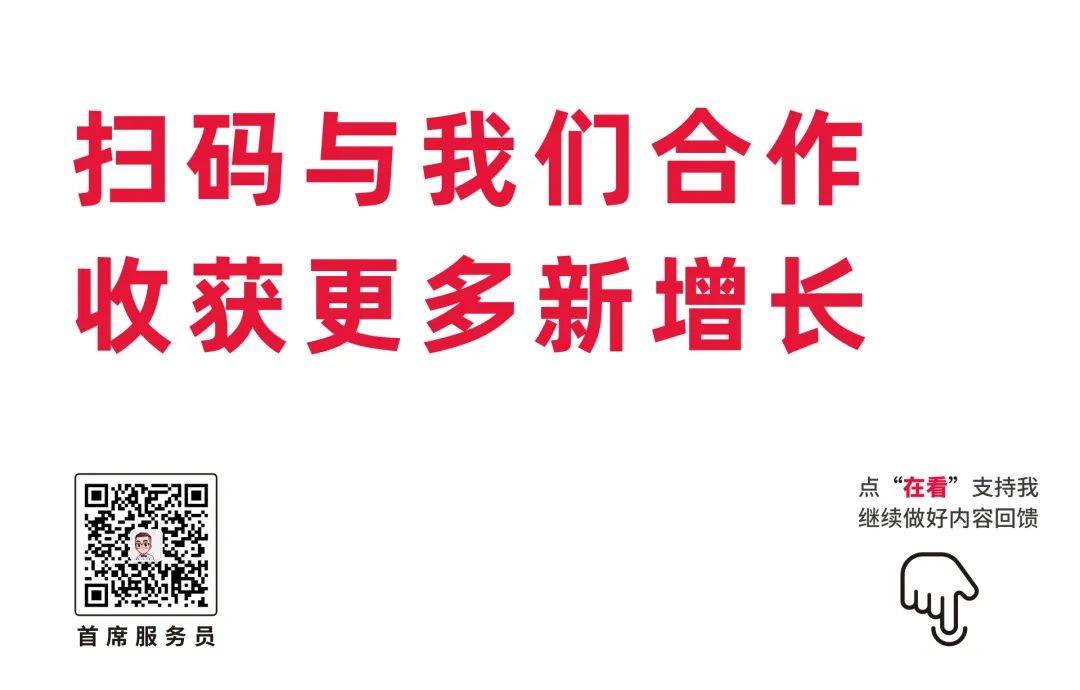Badminton Power Generation: Decoding the Whip Motion Technique
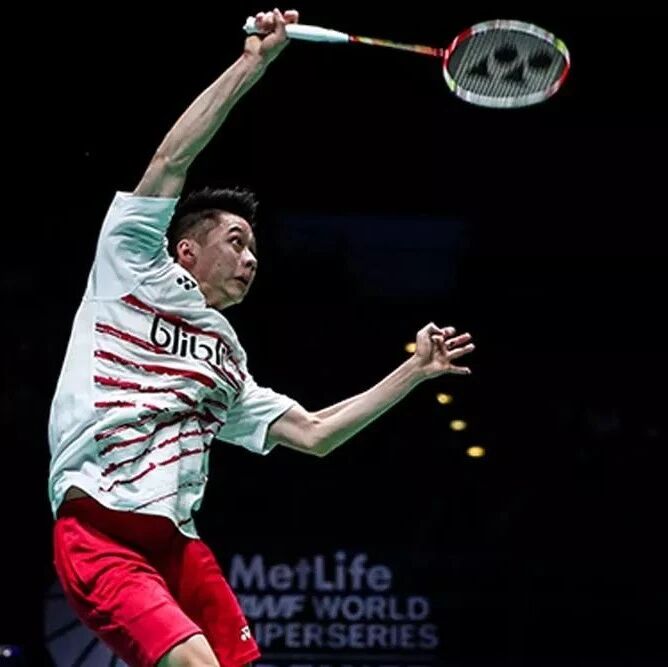
Generally speaking, when discussing badminton technique, you should start with the core element—power generation. This is where the primary and fundamental bottleneck lies in failing to improve your skills.
Today, let's start by discussing the proper technique for generating power:
Everyone understands a simple truth: speed and power go hand in hand. In other words, for equal mass, speed and force are directly proportional.
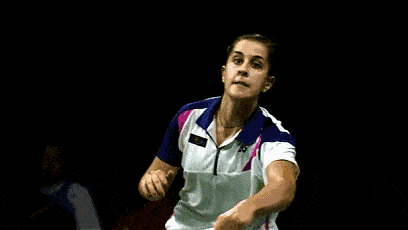
The key to efficient power transfer lies in the speed of the's (badminton racket's) hitting surface when it strikes the shuttlecock—specifically, how fast you swing the racket—rather than simply focusing on "how much force you’re applying." In other words, if the force you generate isn’t effectively translated into maximizing the racket’s hitting surface speed, you’ll likely find yourself wondering: "I’m putting so much power behind it, so why isn’t the shuttlecock flying farther?" Over more than a decade of coaching badminton, I’ve observed that this is precisely the root cause of many players’ misconceptions about power generation—people tend to prioritize the *amount* of force they’re using, instead of honing their ability to swing the racket as quickly and efficiently as possible.
Of course, we need to put in the effort. But let’s not forget: it’s the badminton racket that’s doing the work, not our muscles. What matters most is how we engage our muscles to make the racket swing as fast as possible—because that’s precisely what we’ll be discussing today: power generation = whipping motion = racket speed.
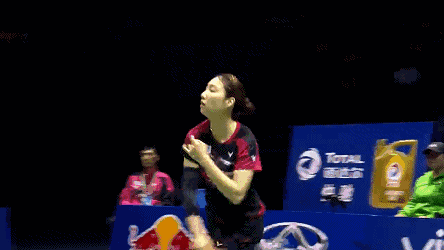
From another perspective, the power generation in badminton is also synonymous with the "whipping" motion. When we were kids—especially boys—we all used to play a little game called "spinning tops." It involved a short wooden stick topped with a few strips of fabric and, of course, a wooden spinning top, which once brought us countless moments of childhood joy. In fact, the very act of flicking the spinning top with that makeshift wooden whip is precisely the core of the badminton technique we’re about to discuss today: the "whipping" motion.
Further understanding the "whipping" motion reveals that it’s essentially an acceleration process—a sequence starting from rest, moving to a slow pace, then accelerating rapidly to reach peak speed, and finally relaxing. In fact, this process lies at the heart of power generation in nearly all badminton techniques. Take the overhead shot as an example:
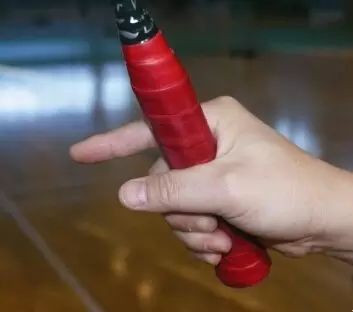
"Swinging the racket: The raised-arm motion in badminton technique;"
The whip swings upward: the badminton racket is drawn back;
The whip cracks down from above: the badminton racket swings forward from behind;
The tip of the whip strikes the spinning top: the badminton racket hits the shuttlecock;
The final action is the same—relaxing.
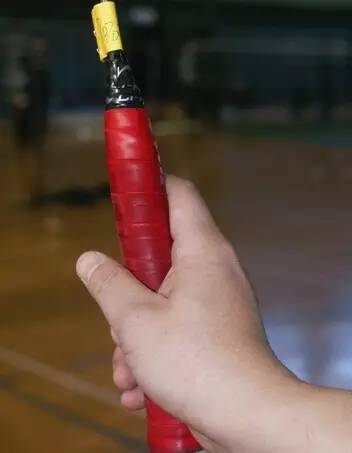
It's important for everyone to note that subtle differences in grip can also affect power generation and swing speed.
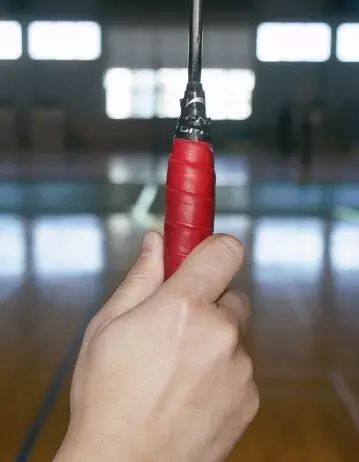
We know that before swinging the racket, the index finger and thumb gently grip the sides of the handle—left and right. At the moment of impact as you swing to hit the ball, the racket encounters resistance, creating a backward force. In this instant, the correct grip involves firmly pressing the heel of your hand against the handle, ensuring it snaps back into place immediately after the ball is struck.
If that’s not the case—if you simply grip the handle by loosely pinching it between the middle joints of your index finger and thumb—it’ll inevitably lead to a weak hold, slowing down your swing speed and ultimately compromising your ability to generate maximum power in the final stroke.
When holding the racket in the forehand grip, your index finger should sit slightly higher than your thumb—this is the widely recognized correct grip technique. The principle behind this lies in positioning your palm outward during the swing, with the index finger trailing and the thumb leading. When both fingers exert force simultaneously due to their height difference, a rear-to-front lever action is created, significantly enhancing the efficiency of your hitting motion. The same principle applies to the backhand stroke as well. For a proper backhand grip, hold the racket with your thumb upright and positioned higher than your index finger, while keeping the index finger and other fingers tightly together. As you generate power, apply inward pressure with your four fingers and outward pressure with your thumb; again, this height difference boosts the effectiveness of your swing.
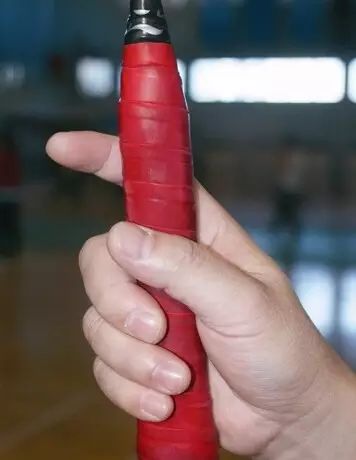
We can use a whip or a towel as a helpful tool for practicing power techniques. If you’re using a towel, make sure to dampen it slightly first.
A helpful drill for the forehand involves holding a corner of a towel or the end of a whip handle with your racket hand, keeping your wrist relaxed. Slowly lift it upward to eye level, then abruptly snap it downward with maximum speed.
When practicing, keep in mind: rely solely on the power of your wrist, and assess the correctness of your movements by the volume and clarity—whether sharp or crisp—produced at the end of the towel or whip.
Swinging the arm and swinging the racket
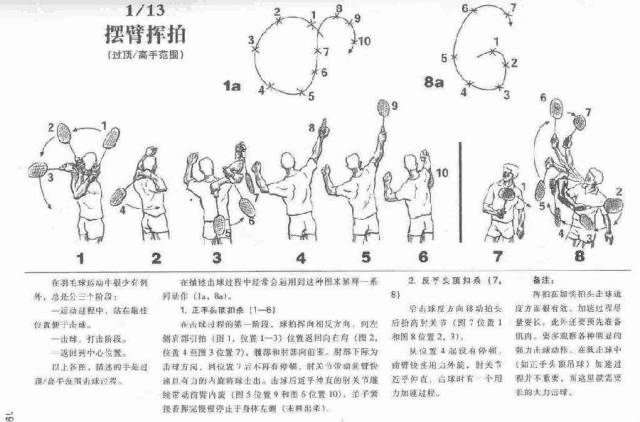
Swinging the arm and swinging the racket
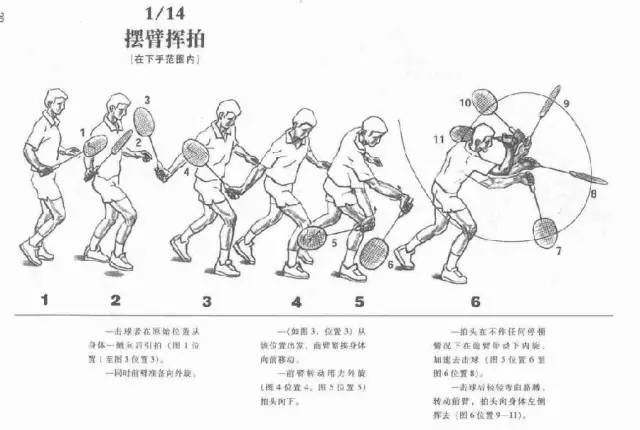
Taking a right-handed player as an example, hold the towel by one corner or grasp the end of the whip handle with your right hand, while gently supporting the opposite end of the towel or whip with your left hand. Lean your body slightly to the left, positioning both hands at waist level with the right hand in front and the left hand behind. Then, keeping your wrist relaxed, swiftly flick your wrist from back to front. When practicing, be sure to follow the same precautions as when performing the forehand assist drill.
On this basis, we can use the racket for practice. These supplementary exercises are designed to help you grasp the proper techniques for generating power and learn how to swing the racket effectively. Once you can produce a sharp, crisp wind sound with the same motion, it’s a clear sign that you’ve fundamentally mastered the correct power-generation technique. Of course, there are more techniques beyond what’s mentioned here—these are simply insights I’ve gained from my teaching experience, as well as common challenges players often face. I hope these tips will be helpful to enthusiasts everywhere.
Backhand overhead clear
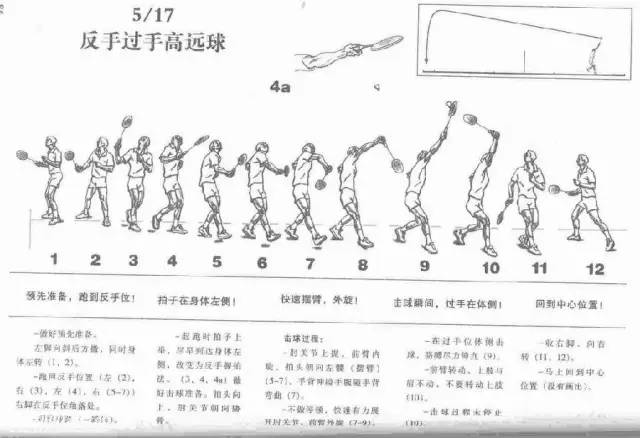
Backhand flat stroke
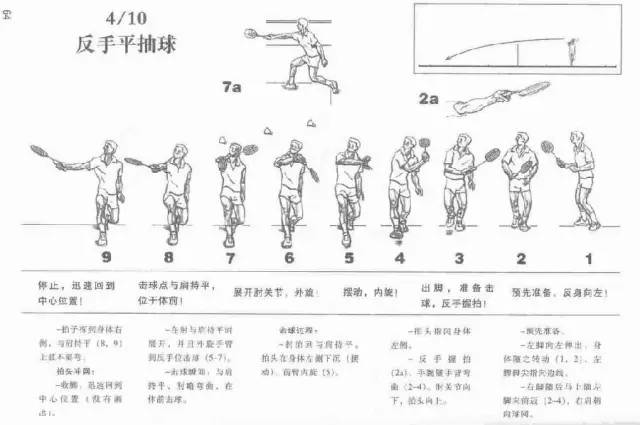
Backhand drop shot
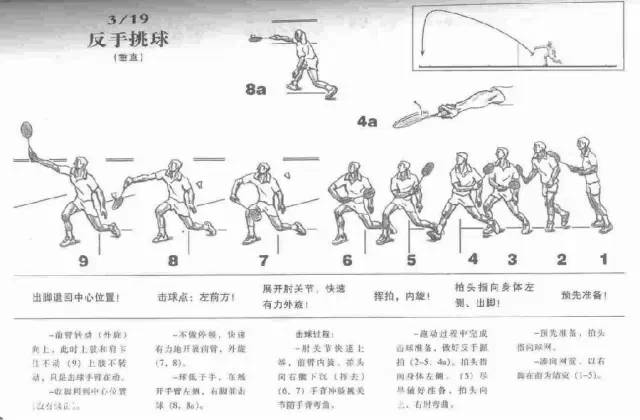
Badminton is a highly skill-based sport. To elevate your overall level and truly enjoy the fun it brings, the best approach is to deepen your understanding of badminton’s fundamental techniques. Only after consistent practice can you steadily improve your skills—and ultimately achieve twice the results with half the effort.

Related Articles

Among the world's six top badminton venues, Guangzhou, China, ranks only third—after all, the No. 1 spot can only belong to a "devilish" home court!
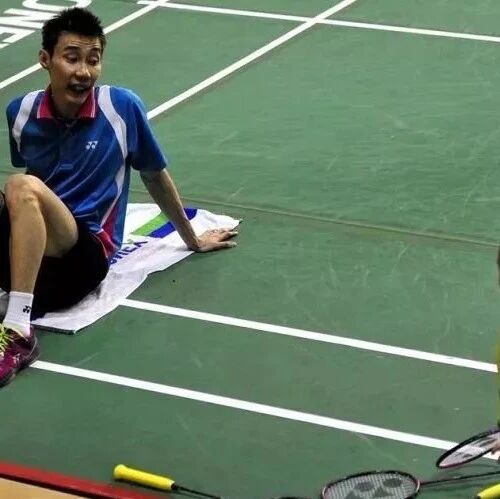
Badminton: It’s a sport you can play from age 2 all the way to 100!

